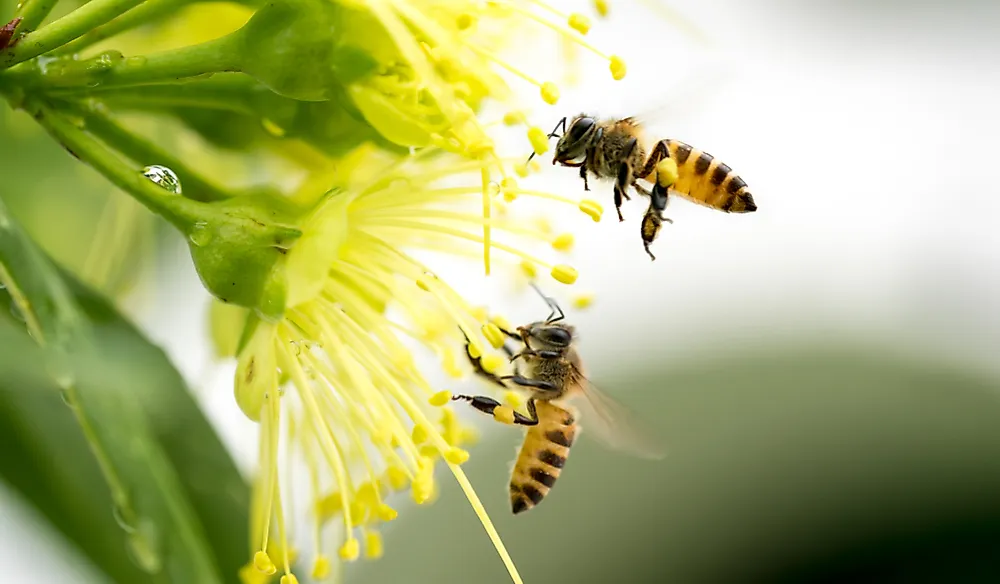
This doesn’t mean that if you have allergies, you can never take fresh bee pollen this only means that you will have to get your body’s immune system slowly introduced to the bee pollen before you take a giant scoop! If a bit of pollen debris in the air can cause you to sneeze, then you can imagine what a spoonful of compacted dust might do. Instead of dispersing through the air, the bee takes the pollen from a flower and compacts it to create a tiny granule, similar in size to a sesame seed. The pollen that the bees gather is an incredibly concentrated version of the pollens that float through the air after a fresh bloom. And by slow, we mean only a couple of granules of pollen at a time. We always, always, always recommend that you start slow when taking bee pollen for the first time. Thanks for your continued support of our blog! Today we’re going to answer your questions on how much bee pollen you should be taking. How Much Fresh Bee Pollen Should You Be Taking If you don’t experience any, gradually increase as stated above. Wait another 24 hours and monitor your body for any symptoms. If you experience no symptoms, chew slowly and swallow. Place a few granules in your mouth and wait 2 minutes. If you think you might have a sensitivity to pollen or a history of hay fever, try this simple test. Gut and immune health are closely linked in regards to severity of allergies. The fruit fibers will activate the pollen faster and cleanse your colon simultaneously.

It’s best to take with food, especially fruit.

I usually take a spoonful with my breakfast or add it to my morning smoothie recipe. Start gradually a day and work your way up to 1-3 tablespoons by the end of four weeks.


 0 kommentar(er)
0 kommentar(er)
